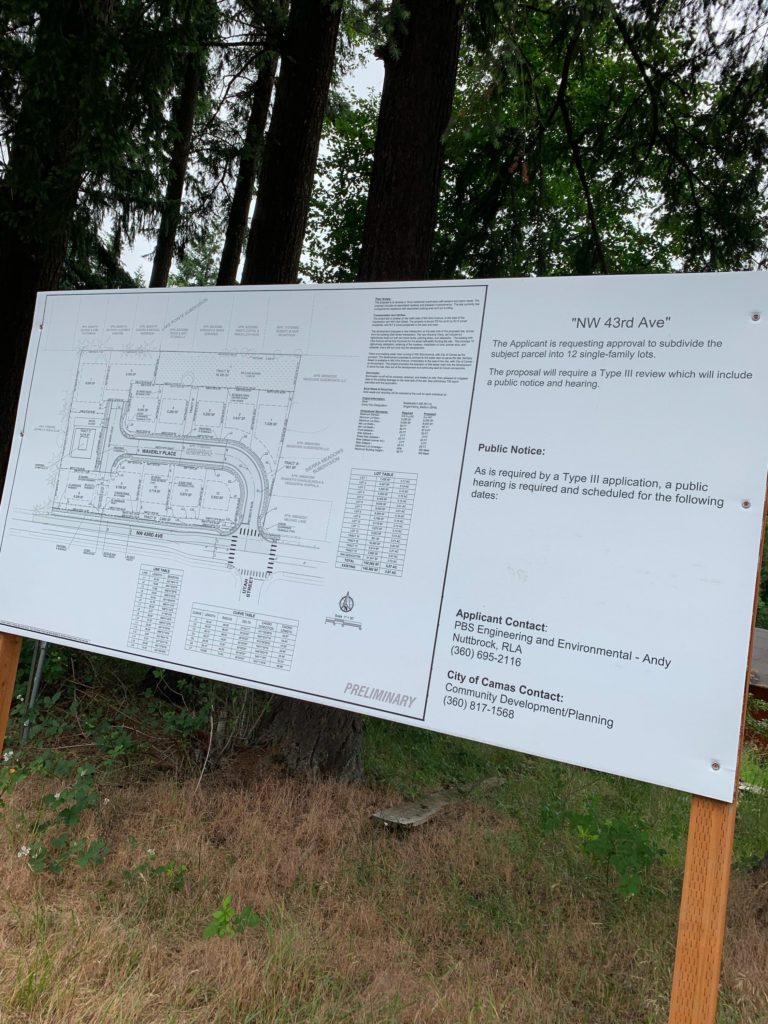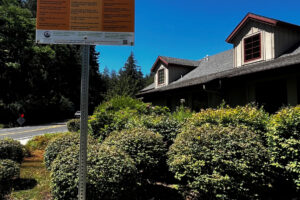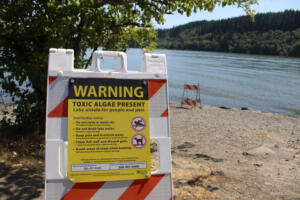Camas area residents hoping to protect that city’s urban tree canopy will host a peaceful sit-in next week to protest the destruction of more than 70 trees at Waverly Place, a 12-lot planned subdivision off Northwest 43rd Avenue.
Alicia King is a member of the Camas Tree Protectors (CTP) group, which boasts more than 500 members on its Facebook site.
King said the sit-in, planned to take place from 5 to 7 p.m., Wednesday, July 17, near the development at 2223 N.W. 43rd Ave., came about after group members learned the Camas city leaders had signed a private settlement with the developer, Waverly Homes LLC of Vancouver, effectively dismantling a Clark County hearings examiner’s 2018 decision to retain nearly 40 trees on the property.
“It was very upsetting,” King said of the legal settlement between the city and Waverly Homes, “because we lost everything we’d fought for on that property.”
The settlement, reached in late March, was in response to a lawsuit filed by Waverly Homes against the city of Camas after a third-party hearings examiner ruled the developer must take greater steps to preserve a wetlands area and retain more significant trees on the site.



